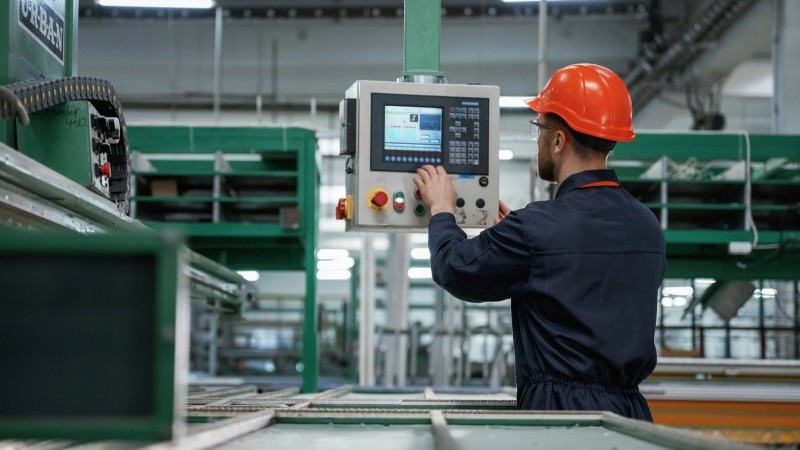At the risk of sounding like a broken record, this remains the clearest illustration of the structural challenges facing German industry. More than six years since the pandemic began, industrial production in Germany is still some 15% below its pre-pandemic level. Production in energy-intensive sectors is still around 4% below its 2024 level. At the same time, the fact that capacity utilisation in German industry has now remained at the low levels last seen during the financial crisis for more than a year is another painful sign of this structural weakness.
Still, with the announced fiscal stimulus after the German elections earlier this year, optimism for at least a cyclical rebound had returned. And indeed, the first months of the year finally saw the long-overdue turning of the inventory cycle in German industry. However, it increasingly looks as if this upswing was almost entirely the result of the frontloading of US products in anticipation of looming tariffs. Today’s drop in industrial production, falling new orders for the last four months, as well as inventories returning to the highest level since February, do not bode well for the coming months.
To end on a somewhat more positive note, even if the spring revival of German industry reminded us of the Emperor’s new clothes, hope remains that the fiscal stimulus, and particularly defence spending, could still feed through to industry over the coming months. If not, the long to-do list of the German government will get even longer, with the next item being the need for traditional short-term stimulus – or at least a stabilisation package.
All in all, it’s not only the general mood in Germany that turned sour over the summer. Available monthly data so far suggests that the risk of yet another quarter of contraction and thus an outright technical recession is very real.
